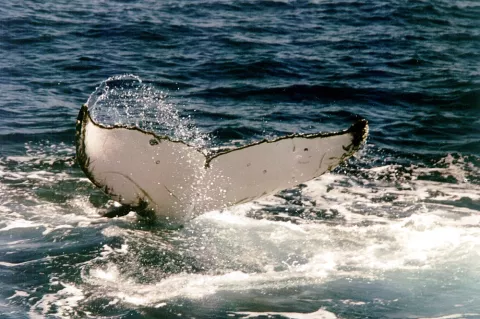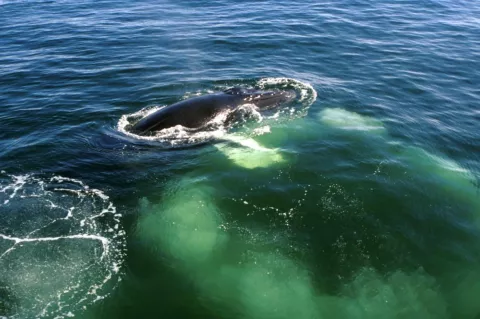Cuvier’s beaked whale able to dive to a record 3km
The animals tagged for this study exhibited profound diving capabilities; however, the dive depths and durations reported here far exceed the prior records for this species. The deepest dive of 2992 m.
Diel patterns in dive behaviour were strongly evident in this dataset, confirming previous observations from short overnight deployments that this whale spends significantly more time in waters above 50 m at night than they do during the day.












